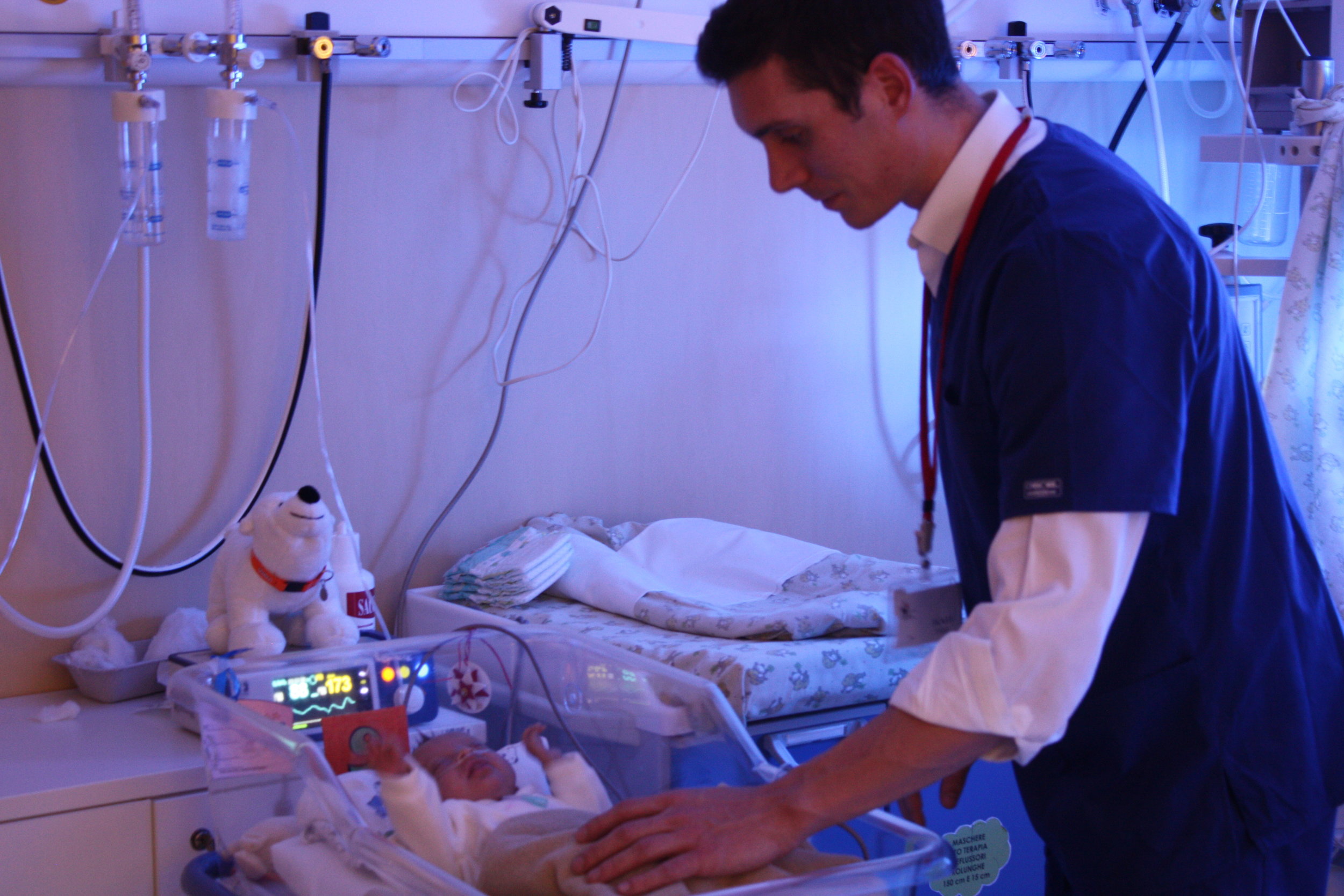
THE GENOTE BLOG
Inspiring, creating and living Health Music
Organizing Information Through Music: A Key to Better Learning for Students with Special Needs
Music is more than entertainment—it’s a powerful tool for helping students with special needs process and retain information. Research shows that our brains naturally organize musical elements into meaningful patterns called Gestalts (Lipscomb, 1996). This pattern recognition makes music an excellent way to simplify tasks, improve memory, and enhance learning. For students who struggle with traditional methods, music offers a way to engage with content in a meaningful and accessible way.
How Music Structures Information
When students with special needs engage with music, their brains group similar sounds and rhythms into manageable patterns. This mental organization helps break down complex information, making it easier to understand. Think of it like putting puzzle pieces together—music provides structure that makes it easier for students to grasp the whole picture.
Efficient Processing: Connecting concepts to rhythms or songs helps students grasp ideas more quickly. For example, using a song to guide math steps turns a challenging process into a familiar pattern.
Memory Enhancement: Rhythm and repetition anchor information in long-term memory. A melody tied to a lesson serves as a mental bookmark, making it easier for students to recall what they’ve learned.
Practical Ways to Use Music for Learning
Incorporating music into your classroom can make routines and lessons more manageable for students with special needs. Here are a few ideas to try:
1. Use Songs to Teach Routines
Teaching daily routines through songs helps students remember steps without needing constant reminders. Music makes transitions smoother and builds independence.
Example:
A “morning routine song” can guide students through tasks like hanging their backpacks and sitting at their desks. This creates consistency and prepares students for a successful day.
2. Teach Sequences with Rhythmic Patterns
Using rhythms can make it easier for students to understand and remember sequences, such as spelling words or number patterns. Rhythm reinforces learning through repetition and creates patterns that stick.
Example:
Clapping out syllables of spelling words or chanting math facts turns lessons into interactive experiences, helping students retain information.
3. Use Melody to Simplify Complex Concepts
Difficult subjects like science or math become more accessible when paired with familiar tunes. Songs break down complex concepts into smaller, more understandable steps.
Example:
A song about the water cycle—evaporation, condensation, precipitation—makes it easier for students to remember each stage.
Why It Works: The Science of Gestalts
According to Lipscomb (1996), our brains naturally organize information into Gestalts—or meaningful patterns. This is why musical patterns are easier to remember than isolated facts. For students with special needs, engaging with music offers a way to organize new information into familiar, meaningful structures. It’s not just about listening—students are actively creating connections that support both understanding and memory.
Conclusion
Music provides a simple and effective way to support learning for students with special needs. It helps them process information efficiently, remember it longer, and engage with lessons in a fun and accessible way. Whether you’re teaching routines, academic content, or new sequences, integrating music makes learning more manageable and enjoyable.
So, the next time you introduce a new concept or routine, try putting it to music—you might be surprised how quickly your students catch on!
Reference
Lipscomb, S. D. (1996). Cognitive organization of musical sound patterns. Psychomusicology, 15(1-2), 105–126.
MUSIC, TERM AND PREMATURE BABIES
The beginning of life is often a very stressful experience, even for otherwise healthy babies. Prior to birth, all the infant knows is the warm, safe, and quiet surroundings of being in the womb. The beginning of life brings cold, danger, and noise. All of the noise, particularly the hospital environment, can be detrimental to the newborn receiving the sleep it needs.
Specifically referring to studies conducted in Neonatal Intensive Care Units, we know the importance of sound.
Ås reported by Rich Haridy in New Atlas, on May 29th, 2019, an important study at the University of Geneva, shows that music can help build the brains of premature babies.
At Genote, Health Music is a valuable resource for reducing stress and increasing stability in newborn children. The existing research did not make clear what types of music would be best for this purpose.
Sixteen newborns were exposed to the Genote Sleep Music Protocol for thirty minutes twice per day. Their heart rate, blood oxygenation, pain scale, and behavioral states were measured within a half hour of exposure to the music.
The majority of the newborns showed improvement in their capacity to self-soothe and transition to a more relaxed state. Their sleeping patterns also improved. The positive impact of structured music listening on healthy newborns indicates the need for further study on the impact structured music could have on sick newborns.
Hear some of the new music used at the University of Geneva
See the video from Venice NICU
CHRISTMAS MUSIC IS MENTAL
You might have wondered why, during the holiday season, we are all forced to walk through various shopping areas while accompanied by Christmas tunes. Some of us, maybe lots of us, grow quite tired of listening to the same tune over and over. Some of us like the warmth of Bing Crosby and Judy Garland tunes, others like Kenny G, or the latest renditions of Il Divo, Josh Grobam, and Mariah Carrey. There are a lot of us who prefer the great performances of King Singers or Mormon Tabernacle Choir too. More precisely, we all tend to have a specific favorite version for each tune. Each tune, heard at the wrong time (and in the wrong way) can definitely rub us the wrong way and make us irritable, distant, and even depressed. The idea of having a favorite version of Christmas tunes that we find closer to our idea of home, family or music perfection is something worth pondering about. Certainly each song carries strong memories, sometimes even a specific tradition that we, in our families, have developed and wish to maintain.
But there is a deeper meaning attached to our preferences: we have developed music likes and dislikes not only for the way the tunes make us feel, but the way that such favorites are built. Many of us tend to dislike if not even feel offended by modern versions of our favorite holiday tunes if such versions do not follow the original musical structure. Many of us tend to like songs in their most simple version, with the original voice, and the original orchestration. We are certainly bothered if anyone attempts to tamper with the rhythm, the tempo, the key signature and the qualities of the Voice. That is simply because our wonderful ability to understand, listen and even discern music elements is linked to specific correlations between music structural elements and brain functions. We would suggest to pick very carefully your best holiday music by thinking about how the music can make you. Ponder about the memories that it triggers and watch any change in your mood. If you spend some time on this, not only you might end up with a more joyful experience, but you will probably make your days even more blissful with happy and thankful people around you. Listen to the great songs in the LINK and find your own favorites.
The birth of Genote corresponds to a concert performed by choirs, orchestra and soloist in Venice, on January 6th 2013.
Music Helps Children During Medical Procedures
Listening to music reduced pain and anxiety, improving medical procedures on children.
Hospitals and dental clinics can terrify children – and for good reason. Pain, discomfort, and anxiety accompany children’s medical experience, but what if their pain could be reduced with music? A study by Dr.Tanja Bekhuis discovered music could make all the difference for children.
Dr. Tanja Bekhuis studied 19 random trials experimenting with music’s effect on children undergoing medical procedures, and her study of all of these trials in context found remarkable results. Listening to music reduced pain and anxiety, improving medical procedures on children in significant ways such as:
- Reducing pain and makes children more manageable and happy
- Decreasing procedure time and length of discomfort
- Reducing need for pain controlling drugs
This study opens up doors for further music exploration. It may be the music was only a distraction, a loud noise to block out strange auditory stimuli, or entertainment to pass the time. But research has verified that music may be more than that. In fact, music may even be fine tuned in order to help children cope with specific symptoms that come with pain and anxiety.
Music’s potential to make a profound impact on the medical community requires strict attention. That’s why music and medicine companies like Genote™ thoroughly study practical musical application to help individuals around the world better heal, sleep, and improve daily life.
We thank the wonderful scientists who conducted all the extensive studies to give us these valuable insights. These findings lay the perfect foundation upon which to build a new generation of music and medicine.
Music can reduce pain – music can do much more.
Learn more about the benefits of music at www.genotelab.com
















